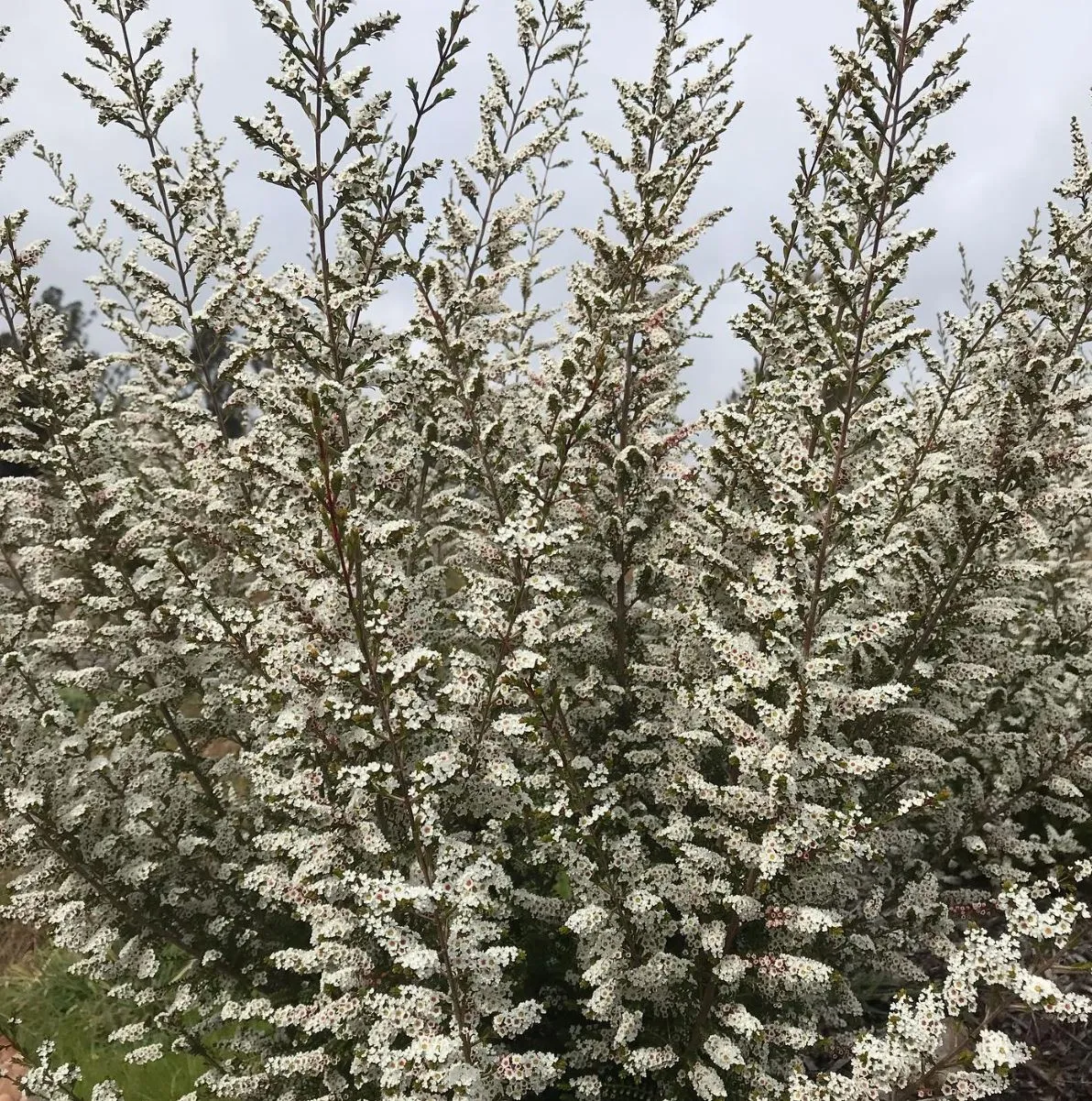The Grampians National Park is a plant lovers’ heaven, famous for its botany and views. With over 1000 vascular plant species, the Grampians is the only place where you can see common plants, native gardens and rare flowers. A special place where you can see panoramic views and learn about the deep Indigenous history that connects you to the traditional owners of the land. This article will take you through the flora, the best time to see it, conservation, recommended books, and top attractions like the Pomonal Native Flower Show.
The Botany and Indigenous Heritage
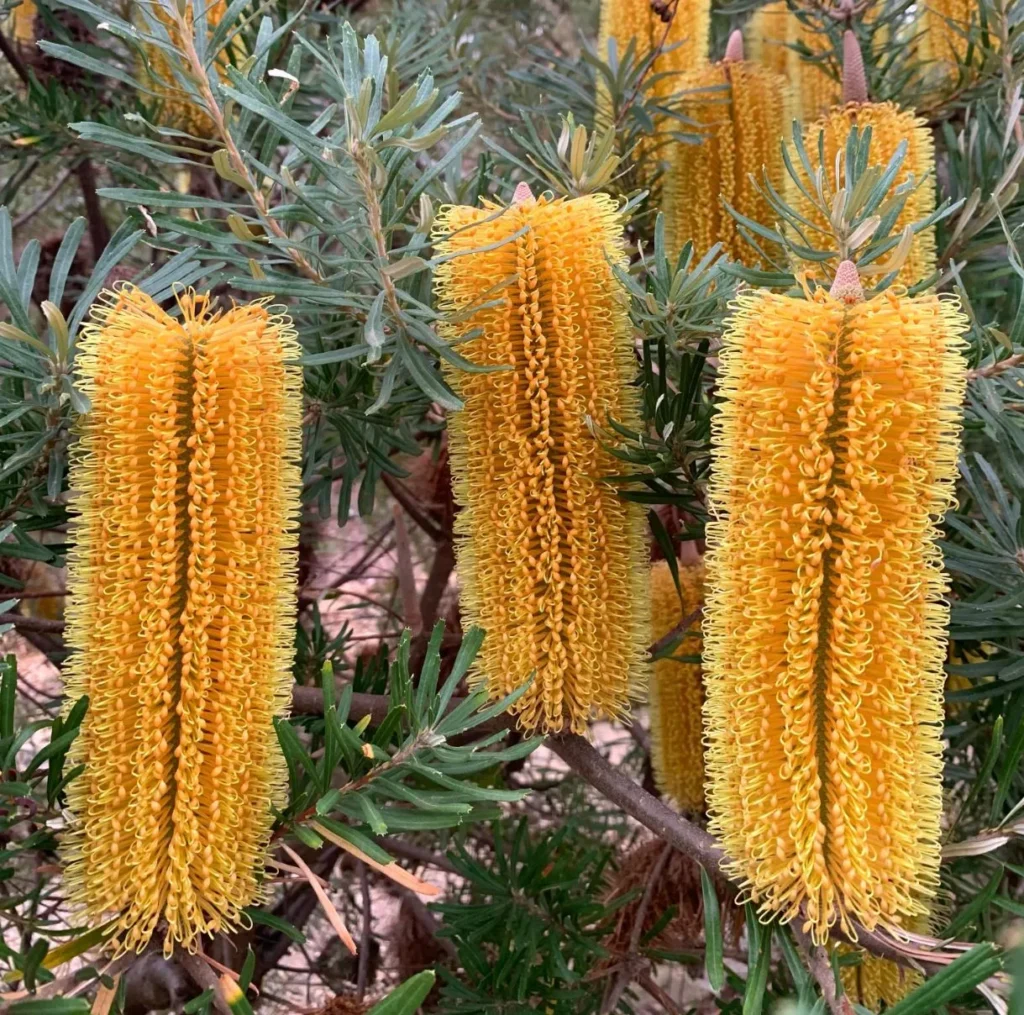
The Grampians landscape has a staggering number of plant families and species, each suited to the climate and topography. From ironbark forests to rocky outcrops, it’s a living museum of natural history. Aboriginal people have been here for thousands of years, and their connection to the land is reflected in the Aboriginal rock shelters and rock art throughout the park. The rock art and Aboriginal creation sites tell the stories of the deep relationship between the Indigenous people and the land.
Halls Gap Cultural Centre and Halls Gap Tourist Information Centre will give you an insight into the park’s Indigenous history so you can learn about the traditional owners of the land. The Cultural Centre often has exhibitions on flora and the history of the Aboriginal people in the area.
Top Native Plants and Flowers to See
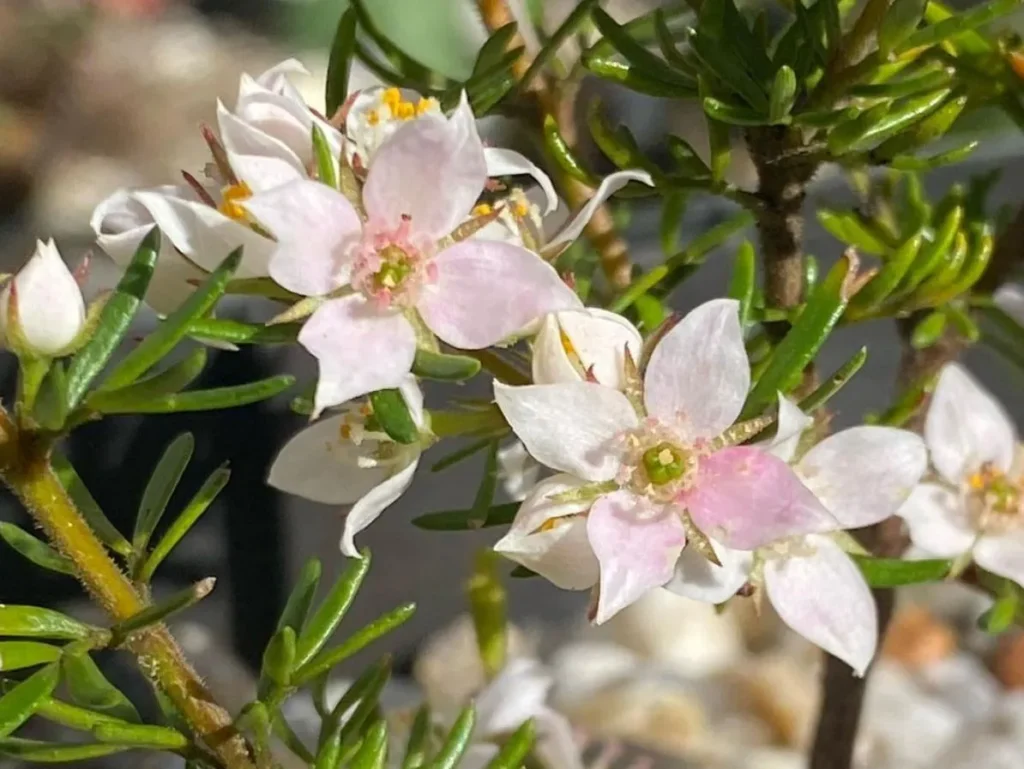
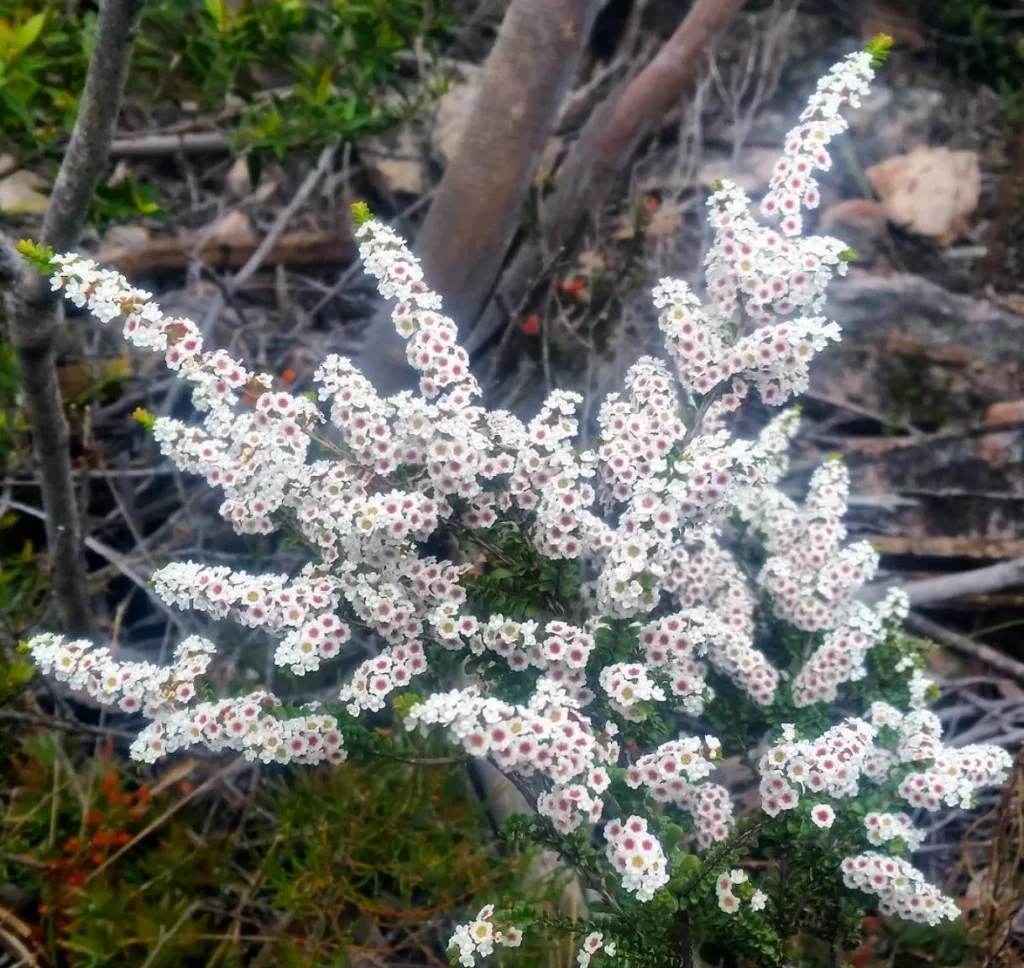
With so much to see, you need to know what to look for and where to find it. Here are a few to look out for:
- Grampians Thryptomene (Thryptomene calycina): Pink or white flowers on rocky slopes, adds a pop of colour to the earthy Grampians landscape.
- Silver Banksia (Banksia marginata): Native tree with yellow blooms and large colourful flowers. See them at Gap Botanic Garden with other native trees.
- Grampians Boronia (Boronia pilosa): This rare pink flowering shrub is a must-see for plant enthusiasts. It is found in the Victoria Range and is popular with photographers.
- Bush Peas (Pultenaea spp.): Yellow and orange flowering shrubs, often seen along the trails.
- Woolly Tea-tree (Leptospermum lanigerum): Woolly leaves and white flowers, found along rivers like the Murray River and Barwon River.
Pomonal Native Flower Show
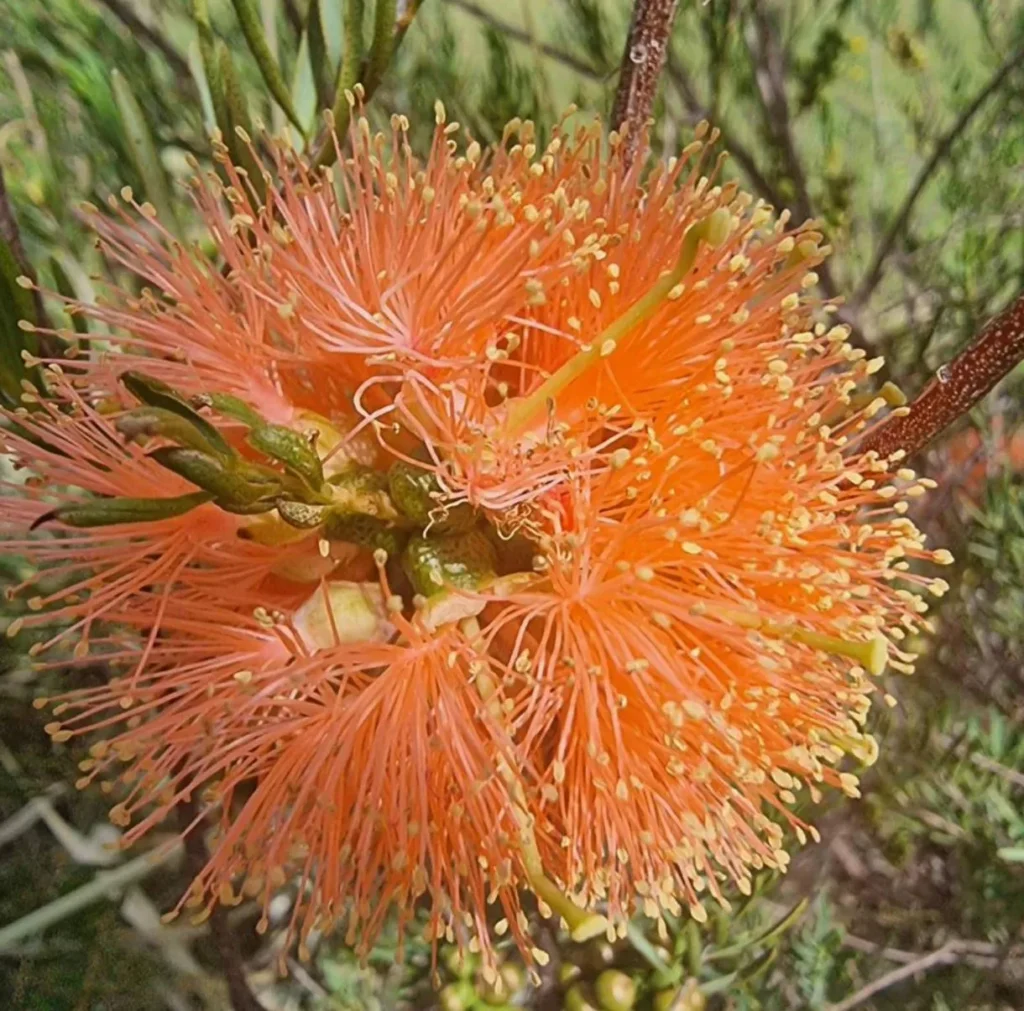
Held at the Pomonal Community Nursery every year the Pomonal Native Flower Show is a must see event for all things native. The Flower Table has a vast array of plants from common flowers to rare blooms beautifully displayed to showcase the Grampians botanical treasures. If you want to see lots of local plants and flowers then the Pomonal Native Flower Show 2024 is a must attend event and will attract visitors from all over the state.
Best times and trails to see wildflowers
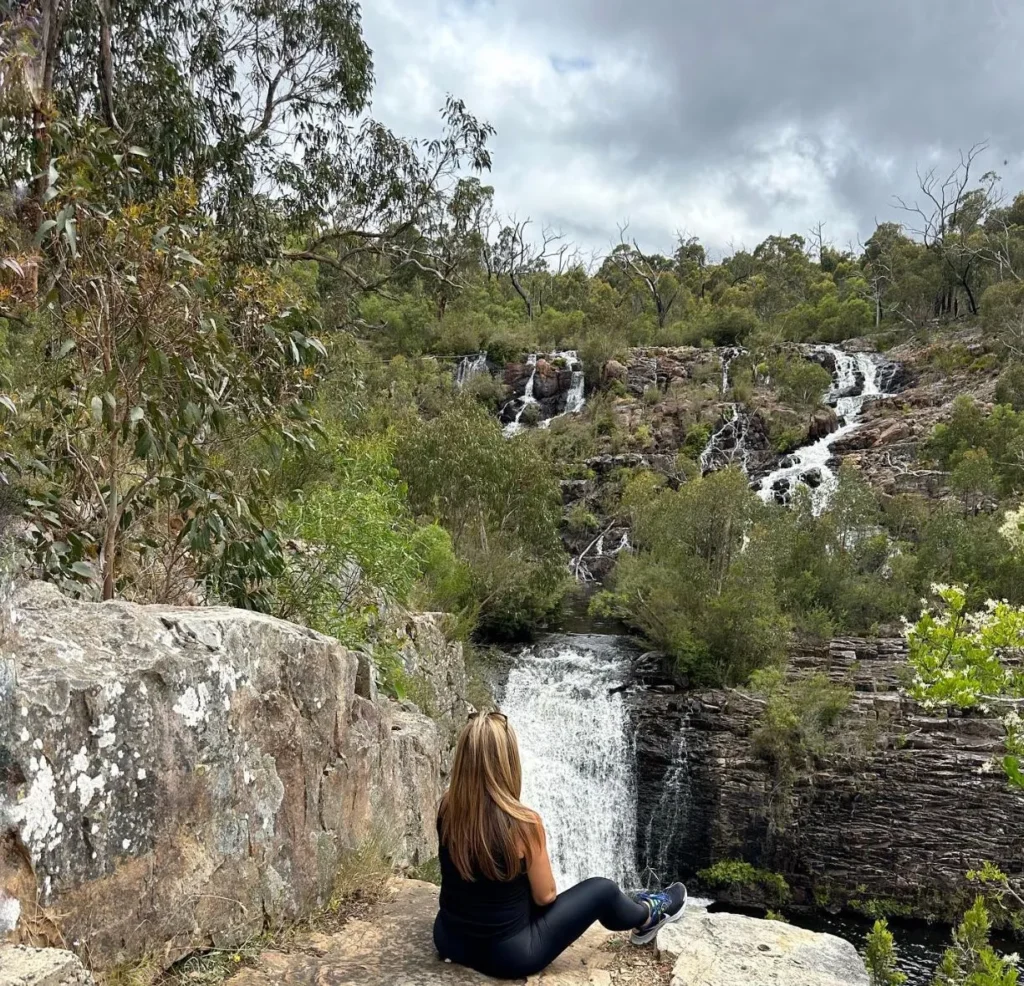
The Grampians are a year-round destination, and each season has its own unique offerings. Wildflower season is typically August to November, and the park is transformed with an explosion of colour, especially orchids, wattle and other signature flowers. Some of the best trails to see wildflowers are:
- Wonderland Loop: This trail has rocky outcrops and stunning views and showcases a variety of flora.
- Mackenzie Falls Trail: Scenic waterfalls and native plants make this trail popular and the dense floral displays make it perfect for photography.
- Boronia Peak Walk: The Boronia shrub which flowers pink is a feature of this trail. Great for seeing plants in situ.
Conservation and park management
Given the Grampian’s unique flora, conservation and park management are critical to its care. Many plant species are threatened by habitat loss and invasive species. The Gap Botanic Garden Report outlines the ongoing work to maintain biodiversity. Conservation organisations, along with Melbourne Water and Coliban Water, work together to protect and preserve these plants. Cleanup Day is an annual event where visitors and locals can get involved in conservation.
The botanical survey team and experts from various organisations are monitoring plant health and restoring degraded areas. Please stay on trails, follow the guidelines and don’t pick any plants.
Grampians Flora Guidebooks
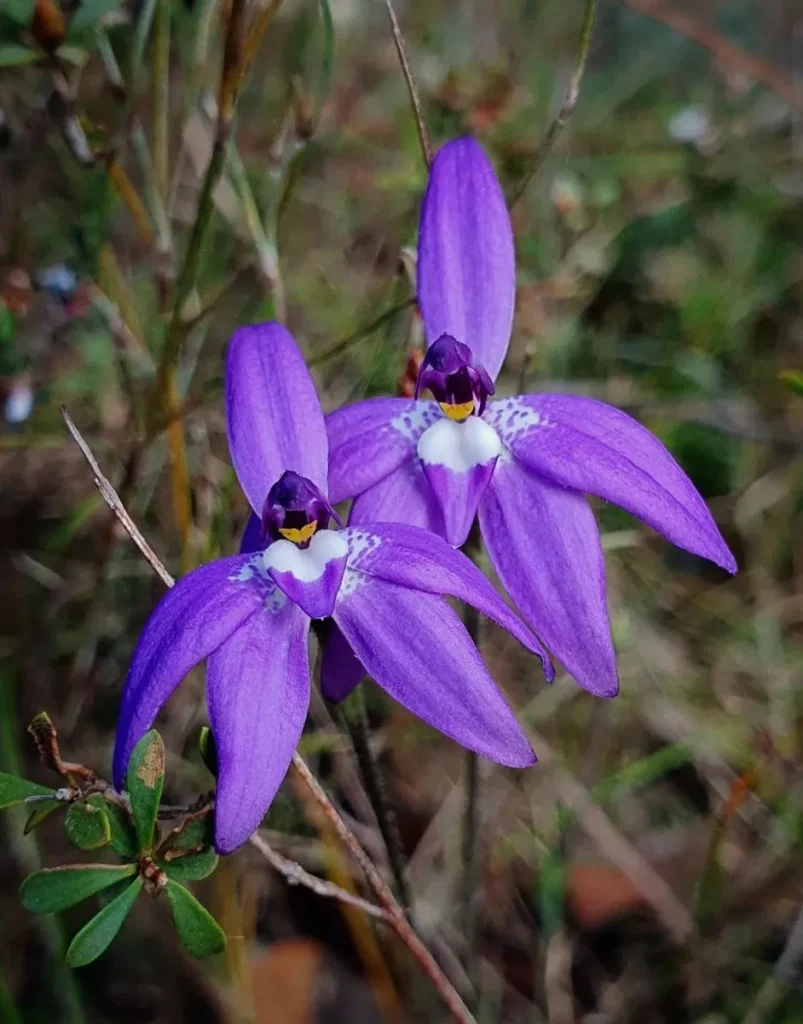
There are many resources available to learn more about the park’s plants, from pocket-sized books to digital guides. Here are a few notable guidebooks:
- Grampians Plants by Gib Wettenhall: This book has detailed descriptions of local plants, with illustrations and colour photos to help with identification. Algona Press 1984 is the classic edition, with coloured pencil and pen drawings by Jeanes & Backhouse.
- Just-a-Minute Victorian Plants by Woodcock K: For identifying common flowers, this guide has English descriptions and pen sketches for learning on the go.
- Pocket Guides: Available in tablet version, web-based version and phone app, for a wider range of users.
- Older Orchid Guides: Double-sided A4 sheets and other materials to help you identify specific species and their conservation status.
For those who prefer digital resources, several apps have tablet app and phone app versions which have plant size, species and location markers. These are a great way to get to know the Grampians.
Scenic Towns and Accommodation
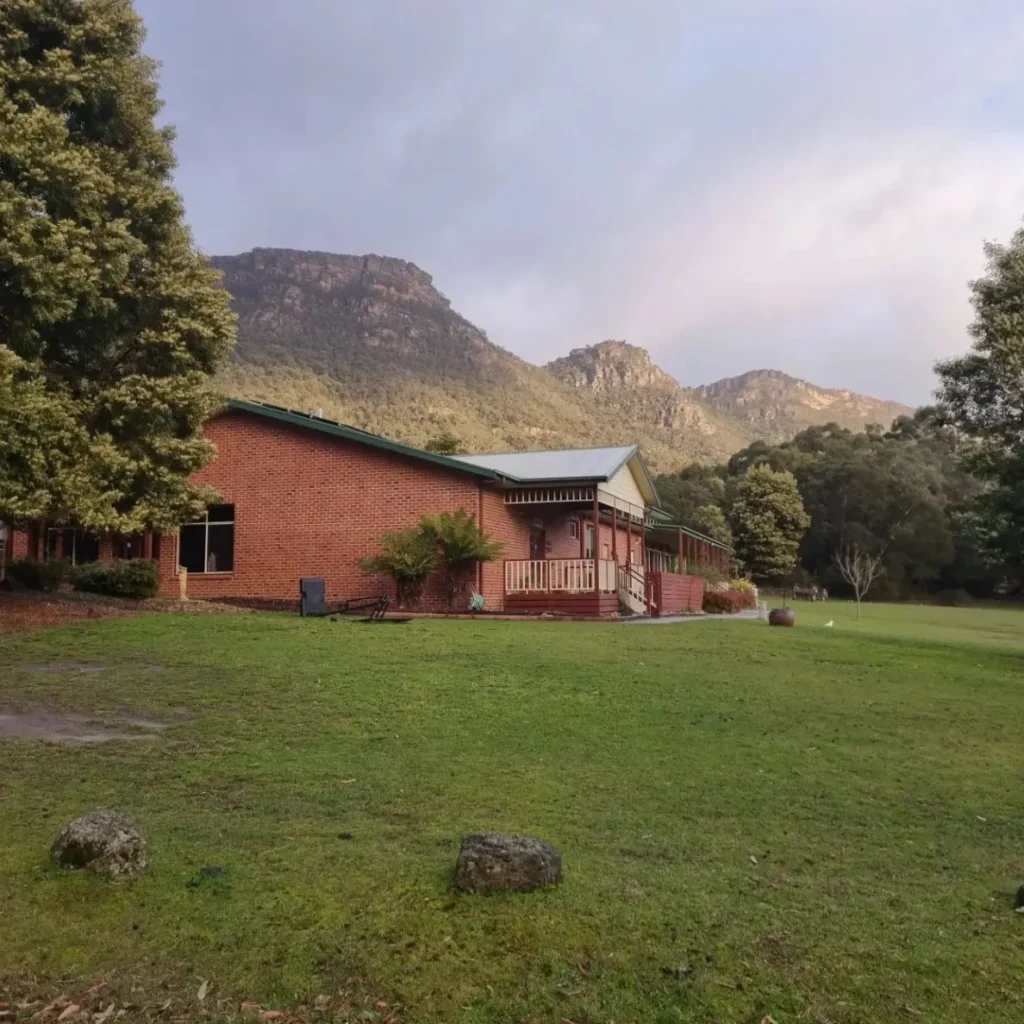
The Grampians region has many picturesque towns with various accommodation options for overnight stays. Halls Gap and Pomonal are the most popular towns for adventure seekers and offer easy access to the park’s trails. These towns have backpack size books and other travel resources so you can get to know the flora and fauna in the area.
Whether you’re after eco-lodges, budget hostels or family-friendly resorts, there’s accommodation to suit every need. With stunning views and proximity to trails, these are perfect for making the most of your stay.
Photography Tips for Native Flora and Landscapes
For photographers the Grampians has great backdrops and the pen illustrations in guidebooks are helpful for capturing these unique plants. For good photos bring a lens with a shallow depth of field to get close up shots of plants like the Acacia Wattle Trees and Bush Peas. Capturing the views of rocky outcrops or flowers along the trails adds a whole new dimension to your Grampian’s visit.
To make the most of the photo opportunity visitors can refer to Grampians Plants and Just-a-Minute Victorian Plants for great photos of the flora in the area. If you want to develop your skills further you can join a workshop with a local who can give you more insight into photography and the local plants.
Get to know the Grampian’s flora in-depth, from rare plants to conservation and resources to help you get the most out of your visit. Whether you’re a beginner botanist, experienced hiker or keen photographer, the Grampians tour has it all.
FAQ
When is wildflower season in the Grampians?
Wildflower season is from August to November, but different plants flower all year round. Seasonal guides will help you plan the best time to visit for the flowers you want to see.
Are there guides or resources to help me identify plants in the Grampians?
Yes, there are many resources available, Grampians Plants by Gib Wettenhall and Just-a-Minute Victorian Plants by Woodcock K. Also tablet apps and phone apps for on-the-go.
Which trails have the best wildflowers?
Top trails for wildflower viewing are the Wonderland Loop, Mackenzie Falls Trail and Boronia Peak Walk. Each trail has views and variety.
What conservation is happening in the Grampians to protect the flora?
Gap Botanic Garden, Melbourne Water and Coliban Water work with conservation teams to protect plant habitats. Cleanup Day is a community conservation event.
Can I photograph plants in the park?
Yes, you can. Just don’t disturb the plants or animals. For best results, use guides for correct identification and pen sketches from books like Grampians Plants.
